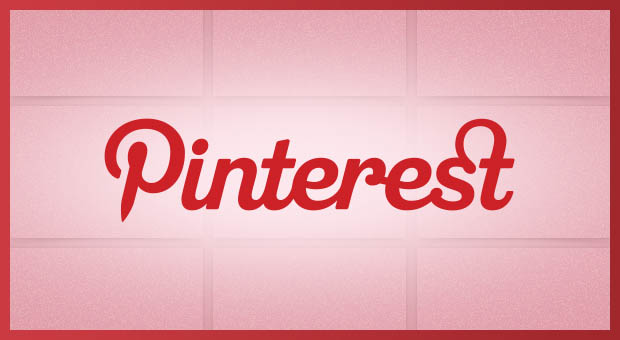…if the FTC takes action it will be against a brand, most likely not a blogger. As a marketer this could not only cost you thousands in fines from the FTC, but would jeopardize your relationship with your client. Understanding FTC guidelines is essential to protecting your agency, your client and also the consumers who you are marketing to.
The FTC released an update to their Endorsement Guidelines in March and while there have been a lot of open discussions about the FTC guidelines in the blogging community, there are far fewer within the marketing space, if the FTC takes action it will be against a brand, most likely not a blogger. As a marketer this could not only cost you thousands in fines from the FTC, but would jeopardize your relationship with your client
This past weekend at BlogPaws (a social media conference for pet bloggers) an FTC rep was on hand to disseminate the information to publishers, but this information is extremely valuable to those of us in marketing who conduct blogger outreach.
Understanding FTC guidelines is essential to protecting your agency, your client and also the consumers who you are marketing to.
1. When does a blog post need to have a disclosure?
Whenever there is a material connection between the post’s author and the brand. If a blogger happens to purchase a product that they love and then write a post detailing the product’s virtues, there is no material connection between them and the brand.
A material connection is established when an agency or brand reaches out to a publisher and offers product, gift cards, payment or other items that could be considered a transaction (a free dinner, trip etc.)
So, if you work in-house or at an agency and are conducting blogger outreach you need to be familiar with FTC guidelines. If you chose to ignore them, you are running a risk that your agency and your brand will be the subject of an investigation and possible action by the FTC meaning fines.
Who has been subject to these investigations? The speaker mentioned Porter Novelli, HP, Ann Taylor Loft, and Hyundai.
What were they giving away? As little as a $50 gift card. So, whether you are offering cars or carnations to bloggers you need to know the FTC guidleines.
2. Direct bloggers to use the #ad in any tweets, pins or Instagram images they share to promote product review or sponsored posts. DO NOT use #Spon
The FTC would like to see bloggers on Twitter and other microblogging platforms discontinue the use of the hashtag #spon (which means sponsored post in blogger speak). The meaning of the #spon hashtag may not be apparent to consumers, and the mission of the FTC is to ensure consumers understand the material connection between the blogger and company. It is the responsibility of the brand who did the outreach to communicate this as a necessity.
#Ad is much more clear to everyday people that what they are seeing is an ad of some sort, whether the post is paid for which cash or stems from a product review of items sent free of charge to a blogger.
3. Disclosures should be placed as close as possible to the claim they qualify.
This means, that instead of a blogger writing 4 paragraphs about the nifty gizmo they received and then waiting to the end of a post to mention that the above post was paid or that they got said gizmo for free, bloggers should disclose their material relationship to the brand in the heart of the post, close to where they detail the product.
What language should be used? The important thing is that a normal person can understand the disclosure. Legalese need not apply. So, ask bloggers to disclose that the product was provided free of charge by your company right when they start discussing it. For instance: “Gizmody Co. just sent me GizmoXY free of charge for review and I think it is super nifty.”
Asterisks and other weird symbols that refer readers to the bottom of a post for disclosure just don’t cut it in the eyes of the FTC. With an increasing number of mobile users who are viewing content in small bits and bouncing fast, they realize the number of people who read posts in their entirety is small.
4. If you are a marketer, you are not allowed to leave positive reviews for your clients on Yelp, Amazon, iTunes or anywhere else.
Especially if you do not disclose that you are a representative of the company. The FTC rep was very clear that this would not be tolerated and highlighted a case in which the FTC investigated a PR company who left numerous positive reviews for a client’s video game app in the iTunes store. So, just don’t do it.
5. Don’t use hyperlinks for disclosures that are integral to a claim
Linking off to information that the consumer needs to make an informed decision about the value of the opinion stated in the post or for important information like safety or cost. The speaker did add that hyperlinks are permissible if a disclosure is expecially long or has to be repeated over and over on the same site.
6. Make sure your agency or brand has a social media policy that includes mandating disclosure from bloggers you work with.
The speaker said some investigations against agencies and brands ultimately were closed without action because the agency or brand had a social media policy in place and showed that the outreach for the campaign being investigated was done by a “rogue” employee. Having a policy documented and in place could help your agency or brand in the event that an FTC investigation is launched.
Blogger outreach is a great way to build word of mouth, backlinks and to seed a new product with consumers. Just do it responsibly.
Additional resources for brands, agencies and bloggers can be found at www.business.ftc.gov

